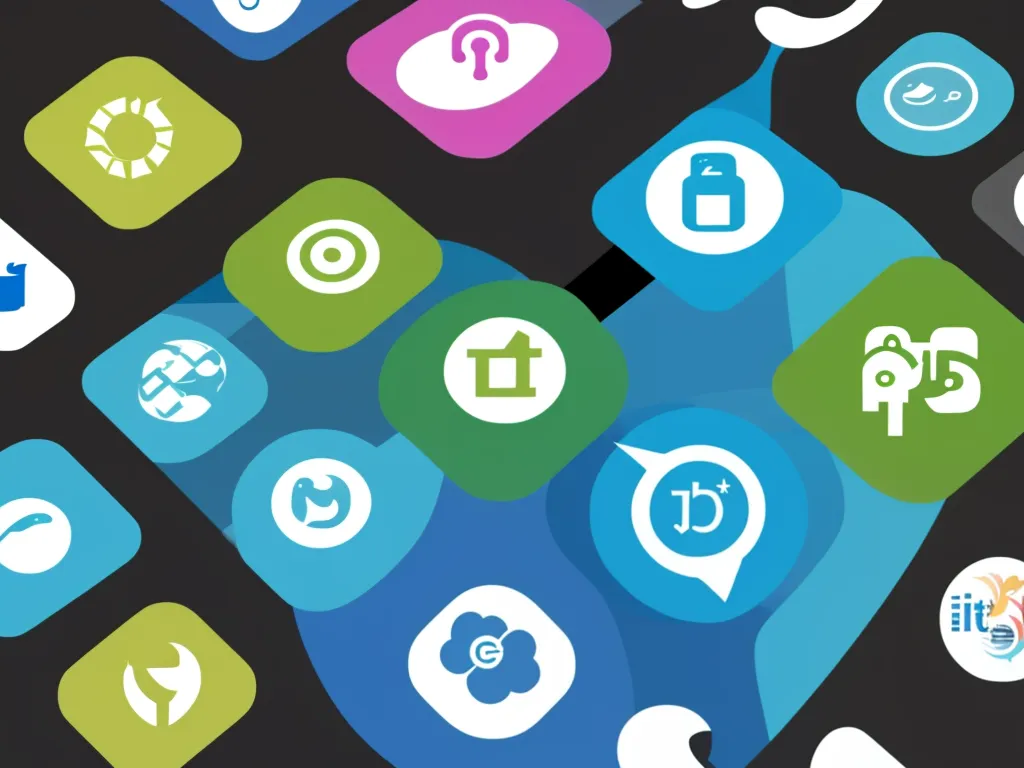
IoT for Good: Sustainability and Social Impact
The Internet of Things (IoT) has the potential to drive meaningful change and create a more sustainable, equitable world. Here is an in-depth look at how IoT can support sustainability and social impact.
How IoT Enables Sustainability
IoT sensors and connected devices can optimize resource use, reduce waste, and promote energy efficiency. Here are some of the key ways IoT enables sustainability:
Energy Management
- Smart thermostats, lighting controls, and appliances help homes and businesses reduce energy use.
- Smart grids allow utilities to balance energy supply and demand.
- IoT sensors on machinery can adjust operations to save power.
- Wireless meter reading cuts vehicle fuel needs for manual meter checks.
Water Conservation
- Smart irrigation systems use real-time data to water lawns and crops precisely when needed. This prevents overwatering.
- Sensors on pipes monitor for leaks and prompt quick repairs to prevent water waste.
- Smart meters give consumers visibility into water use habits to promote conservation.
Waste Reduction
- IoT-enabled smart bins signal when they need to be emptied, optimizing trash collection routes.
- Sensors track fill levels across recycling streams to help cities improve sorting and divert more waste.
- Connected analytics identify usage patterns to help businesses reduce excess inventories and food waste.
Air Quality Monitoring
- Community-based air quality monitoring networks using IoT sensors can identify pollution hotspots for targeted mitigation.
- Tracking of industrial emissions and urban traffic congestion supports policies to improve air quality.
- IoT integration in HVAC systems purifies indoor air quality in buildings.
Supply Chain Tracking
- IoT provides end-to-end supply chain visibility to optimize logistics and reduce miles traveled.
- Sensors monitor cargo conditions like temperature to prevent spoilage and waste.
- RFID tags improve asset tracking and utilization throughout product lifecycles.
How IoT Drives Social Change
Beyond environmental sustainability, IoT also holds promise for social impact by improving lives and creating a more just, inclusive society.
Healthcare Access
- IoT systems like telemedicine extend healthcare access to underserved communities through remote diagnostics and monitoring.
- Sensors allow elderly patients to live independently while maintaining connections with caregivers.
- IoT wearables and implants aid patients with chronic conditions through continuous, data-driven care.
Smart Communities
- IoT-enabled smart cities improve municipal services to all residents through optimized waste pickup, traffic coordination, and water systems.
- Community networks leverage IoT to monitor local air/water quality and other environmental metrics important for marginalized neighborhoods.
Economic Opportunity
- IoT skills training equips workers with in-demand digital capabilities for new career opportunities.
- Smart factories and farms boosted by IoT create jobs and growth, especially in developing economies.
- Logistics monitoring assists small businesses in bringing goods to market efficiently.
Human Rights
- IoT-based civil society initiatives use drone and camera networks to detect illegal deforestation and human rights violations.
- Community networks and mesh networks connect remote regions and expand internet access to underserved groups.
Inclusion and Accessibility
- Embedded sensors in infrastructure like crosswalk signals and building entryways help those with disabilities navigate safely.
- IoT home devices can assist elderly and disabled individuals live more independently.
- Wearables with haptic feedback aid those with vision or hearing loss.
Challenges Around IoT and Social Good
While promising, there are notable challenges around expanding IoT for sustainability and social impact:
-
The upfront costs of IoT systems can exclude smaller nonprofits and communities from implementation. Creative financing models are needed.
-
As IoT scales, its environmental footprint across manufacturing, power needs, and e-waste must be managed responsibly.
-
IoT tools capable of surveillance could compromise civil liberties if deployed without oversight. Policy guidelines are required.
-
Rural and marginalized communities often lack the connectivity and infrastructure required to implement IoT tools fully. Investments in digital equity are vital.
-
Successful, ethical IoT deployment requires user-centered design and community participation to build trust and meet on-the-ground needs.
The Road Ahead
As IoT advances, there is tremendous potential to address sustainability challenges and promote social justice, from the individual level up to cities and nations. But realizing the full promise of IoT for good requires inclusive innovation, creative financing, policy guidance, and a relentless focus on meeting human needs through technology. The future remains wide open, and stakeholders across sectors have an opportunity to ensure IoT improves lives while advancing a healthier planet.












